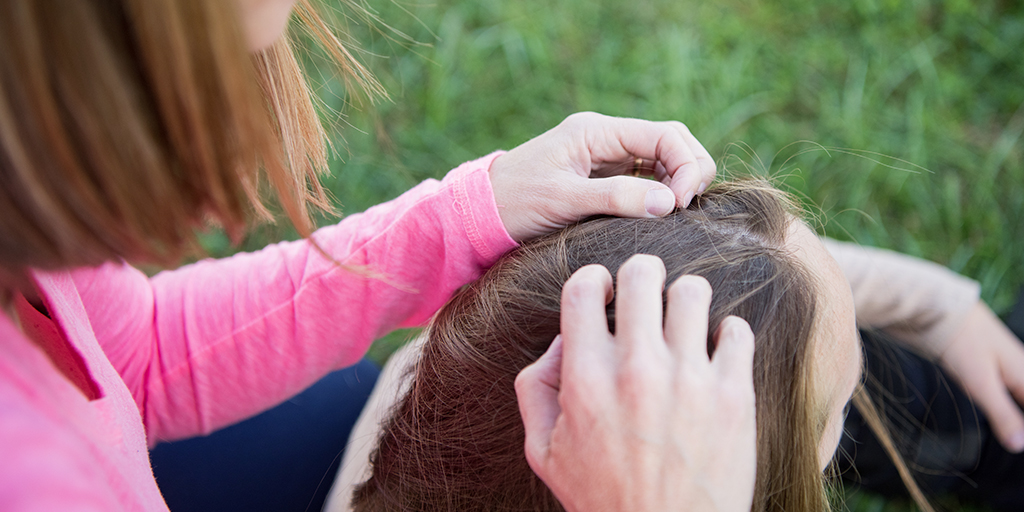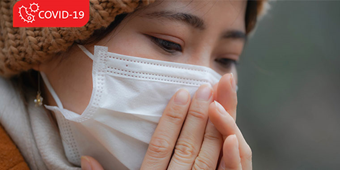Be on ‘Tick Watch’ This Summer

Find Your Perfect Match
Answer a few questions and we'll provide you with a list of primary care providers that best fit your needs.
Summer’s an excellent time to take advantage of the great outdoors. But beware: Ticks are taking hold of Ohio in growing numbers.
One indicator of this: The Ohio Department of Health reports that since 2008, cases of Lyme disease – the most common illness spread by ticks – have risen six fold in the state – from 45 to 270 a year.
Concerned by this news, Premier Health Now latched on to Matthew Bauer, DO, of Middletown Infectious Disease Associates, for advice on avoiding ticks.
He led with good news, that most ticks don’t carry disease. But he added, “Contrary to what people think, you don’t have to go camping or hiking – you can get ticks in your backyard.”
Immature ticks – nymphs – are more likely to spread disease with their bites than adults. Nymphs are about the size of a poppy seed, so require you to carefully examine yourself and your kids after you’ve been outside.
Remove a tick as soon as you find it. “Use blunt-tipped tweezers and make sure the head is removed. That’s the key for preventing tick-borne illnesses,” Dr. Bauer advises.
“A tick has to be attached for greater than 24 hours for you to contract Lyme disease,” Dr. Bauer said. “Most of the time people find ticks before then.”
Lyme disease symptoms start in three to five days. They can vary greatly, but Dr. Bauer says, “What you want to look for after finding a tick, are you having any fevers, aches, or do you develop a rash? Are you feeling tired?” A Lyme disease rash typically radiates out from the bite, creating a bull’s-eye pattern.
The best way to avoid tick-borne illness is to prevent being bitten:
- Apply over-the-counter insect repellent that contains DEET.
- Use flea and tick prevention for your pets, “because they can bring ticks inside,” says Dr. Bauer.
- Wear long sleeve shirts and long pants when in the woods.
If you know you've been exposed to ticks – and soon after you develop symptoms like fever, body aches or a rash – call your doctor.
Find Your Perfect Match
Answer a few questions and we'll provide you with a list of primary care providers that best fit your needs.
Source: Matthew Bauer, DO, Middletown Infectious Disease Associates; Ohio Department of Health; Cleveland.com





